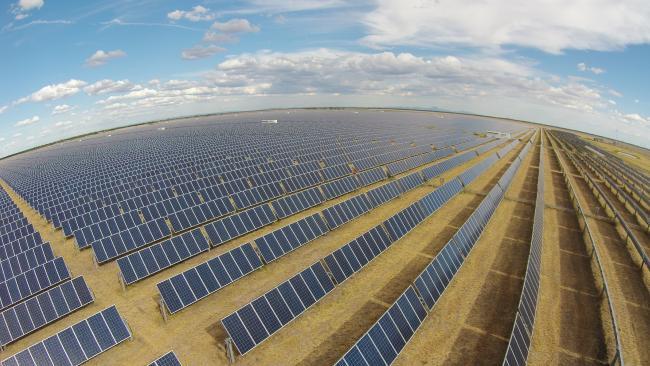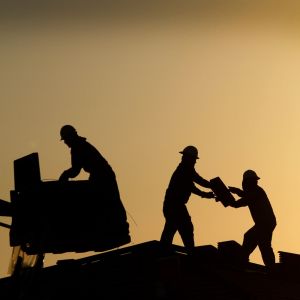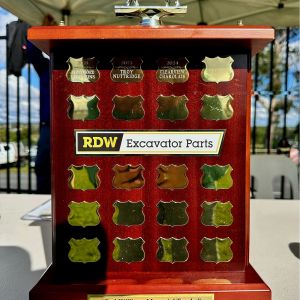- Imagine putting $100 in the bank and getting back a guaranteed $83 a year for four years, and then $59 a year for the next decade — all taxed at a maximum rate of 30 per cent. Your 2.9 per cent high interest saver account, taxed at 39 per cent, isn’t looking so good.
- Courtesy of Australian electricity users, and the stupidity of the commonwealth government, Saudi Arabia’s Abdul Latif Jameel Energy, which bought Spanish solar farm builder Fotowatio in early 2015, has indeed struck such stellar returns.
- In 2014 the Australian Renewable Energy Agency proudly made a $101.7m grant to the Spanish company for a $164m solar farm about 10km out of Moree, comprising 250,000 solar panels. An enthusiastic Clean Energy Finance Corporation chipped in a $47m loan to help, leaving Fotowatio with only $15.3m to put towards the project itself.
- With a capacity of just under 150,000 megawatt hours a year, the solar farm, up and running, will generate about $12.8m in revenue a year for the next few years, based on the current Large-scale Generation Certificates (LGC) price of $85.
- Assuming that price falls to $60 on average between 2020 and 2030, the farm will provide a tidy $9m a year to the Saudi owners.
- All up, over the 14 years, the $15.3m investment would have reaped about $140m for the owners, a return of more than 900 per cent, which, by the way, is quite a bit better than the typical super fund.
- “The project would not be possible without the unwavering support of the local community, Moree Plains Shire Council, the federal Members for Parkes, NSW state government, all the people who have dedicated many hours to development of the project, and last but not least, ARENA and the CEFC who have provided funding for the project,” said the Fotowatio regional manager for Australia. Full marks for honesty, at least.
- Before you get jealous though, rest assured the project will, AREA said, create about 100 jobs, and provide electricity for 15,000 homes.
- This has been a fantastic outcome for our Spanish and Saudi foreign investors, but it’s far from clear it’s a good deal for anyone else. The 100 jobs that have supposedly arisen have come at a cost of almost $1.5m each, including the grant and the government loan.
And the 15,000 homes could have sourced their electricity from other, far cheaper sources. Too bad those cheaper sources are gradually shutting down.
What about carbon abatement you say? According to Fotowatio, the farm will avoid 102,000 tonnes of CO2 a year. So that works out at between $88 and $125 a tonne, based on the LGC prices assumed above, which is up to five times more expensive than Julia Gillard’s carbon price of $23 a tonne.
Surely though, despite all this excess, households will be enjoying lower power prices?

-
After all, that’s what the modelling provided by the renewable energy sector and the army of consultants who work for them keeps telling us: more renewable energy will ultimately lead to lower wholesale electricity prices, which will be passed on to consumers.
Unfortunately, this sort of modelling has a major flaw. It assumes the owners of coal power stations keep them running, incurring huge losses every day they can’t sell their electricity into the power grid because it’s windy or sunny.
In reality, these stations inevitably choose to close, as Alinta’s Northern coal-fired power station in South Australia and Hazelwood in Victoria have already done. Liddell in NSW is next. That will leave a greater share of the grid’s capacity supplied by intermittent solar and wind.
My Energy Australia power bill arrived yesterday, for the three months to August, showing a 15 to 23 per cent price increase per kWh of electricity between June and July. The bill came to $527 for three people in a small house who are barely home.
A cynic might hope for blackouts across the eastern states this summer, to show voters the consequences of years of kneejerk, feel-good energy policy: extremely expensive, even absent power.
And it’s hard to see the cost of power falling or the level of reliability improving. Because of the RET, electricity retailers like Energy Australia are forced to buy power from renewable energy providers such as Abdul Latif Jameel when it is available. This year they are buying around 28 terawatts, rising to 33 terawatt hours a year by 2020.
For the massive sums Australians are forking out via their power bills and taxes to build solar and wind farms and provide juicy returns to foreign investors, we could have built multiple small nuclear reactors, which would, by the way, generate a lot more than 100 jobs each.
If we’re going to splurge on unreliable, emissions-free power, why not do it on reliable emissions-free power instead. A kilogram of coal can light 100 light bulbs for less than four days; a kilo of uranium would do the same for more than 1140 years.
Australia is the only country in the G20 to have banned nuclear energy, which is completely bizarre, rivalling the RET itself for stupidity.
The Australian12:00AM September 8, 2017
ADAM CREIGHTON
Economics Correspondent
Sydney
@Adam_Creighton



